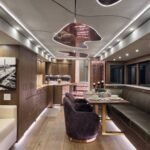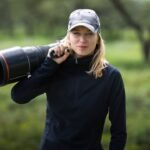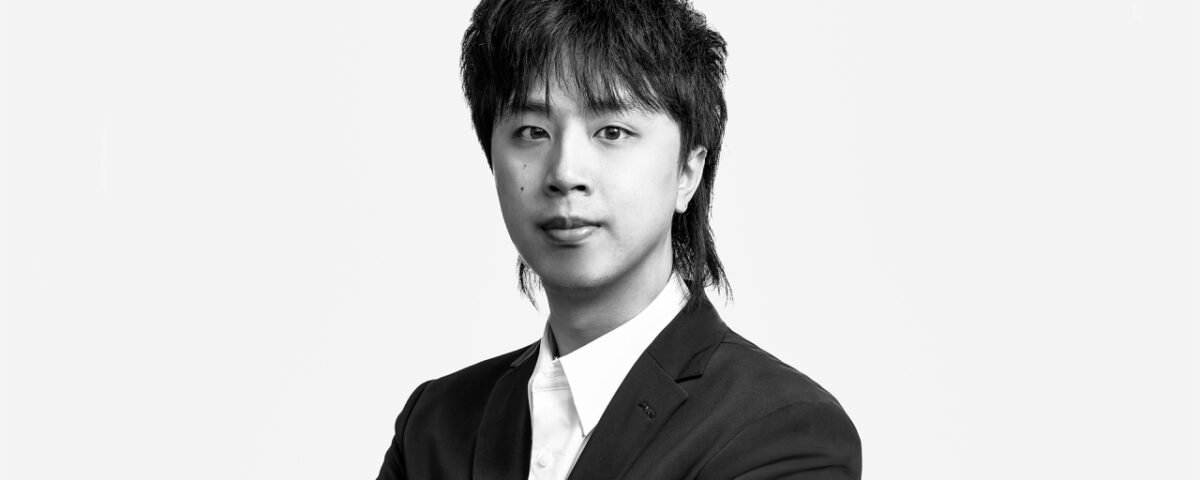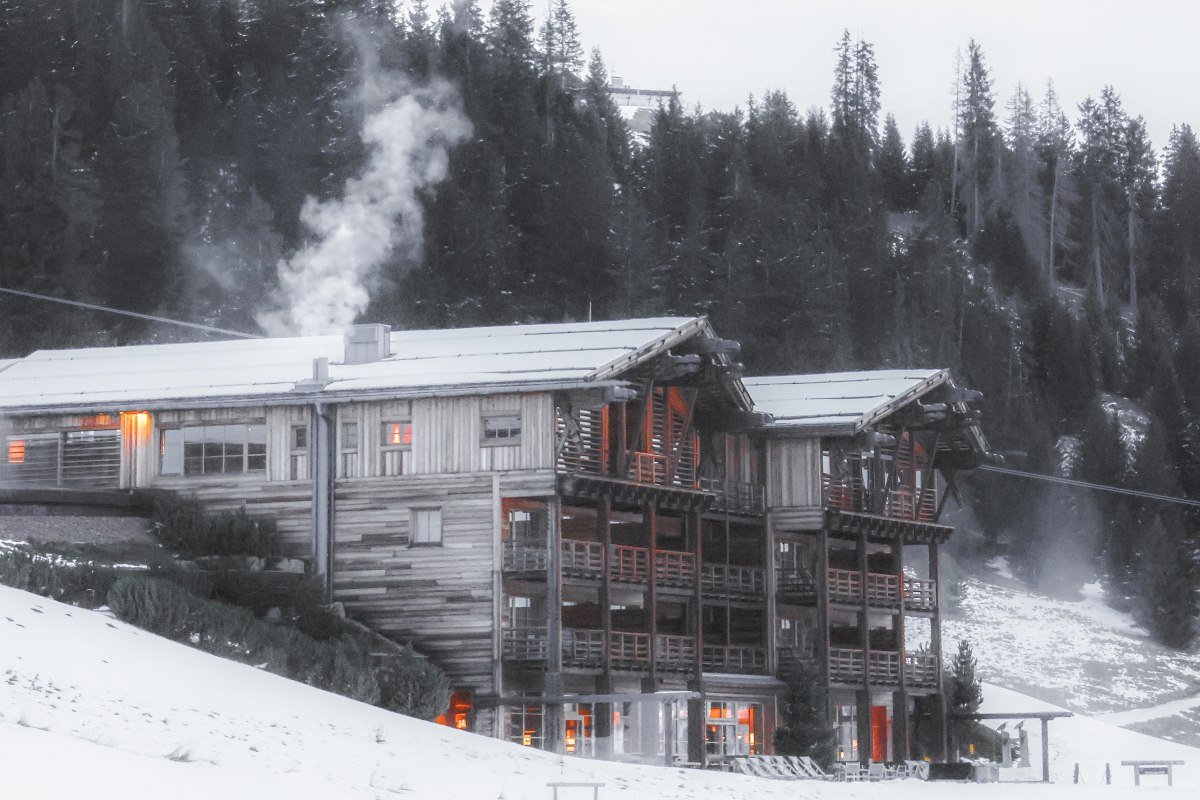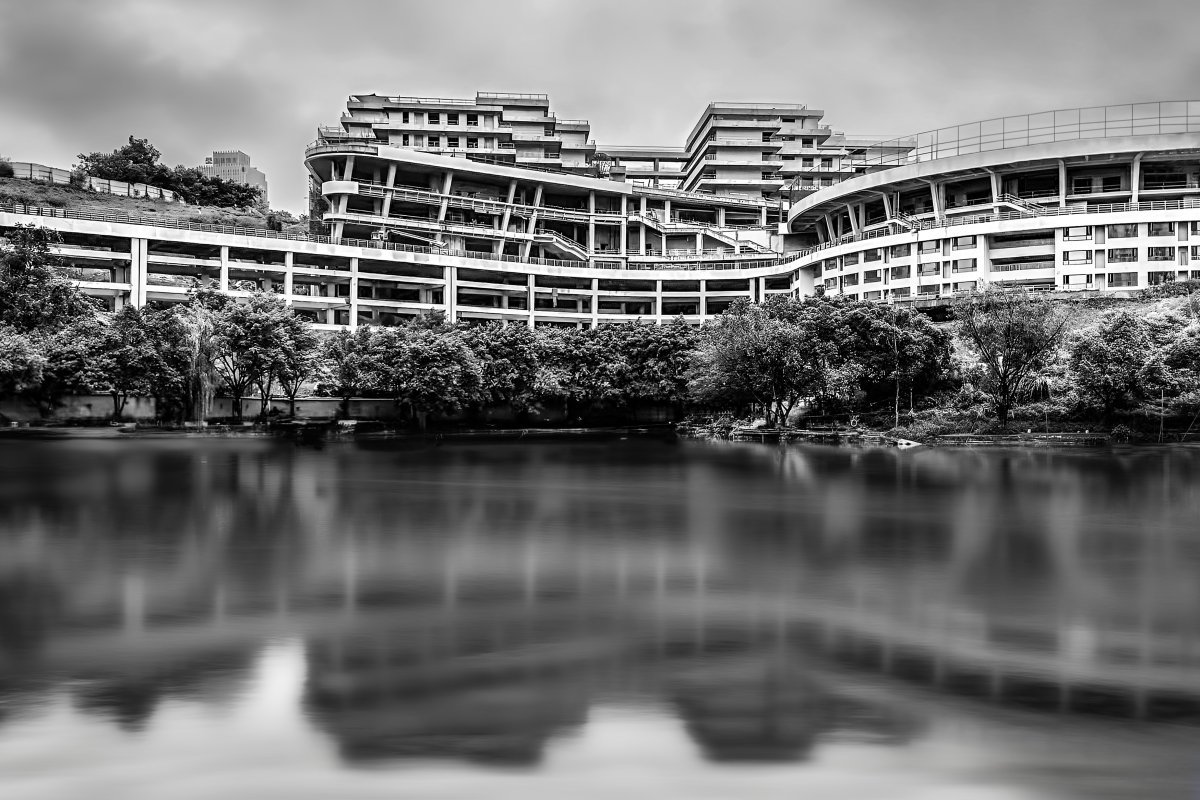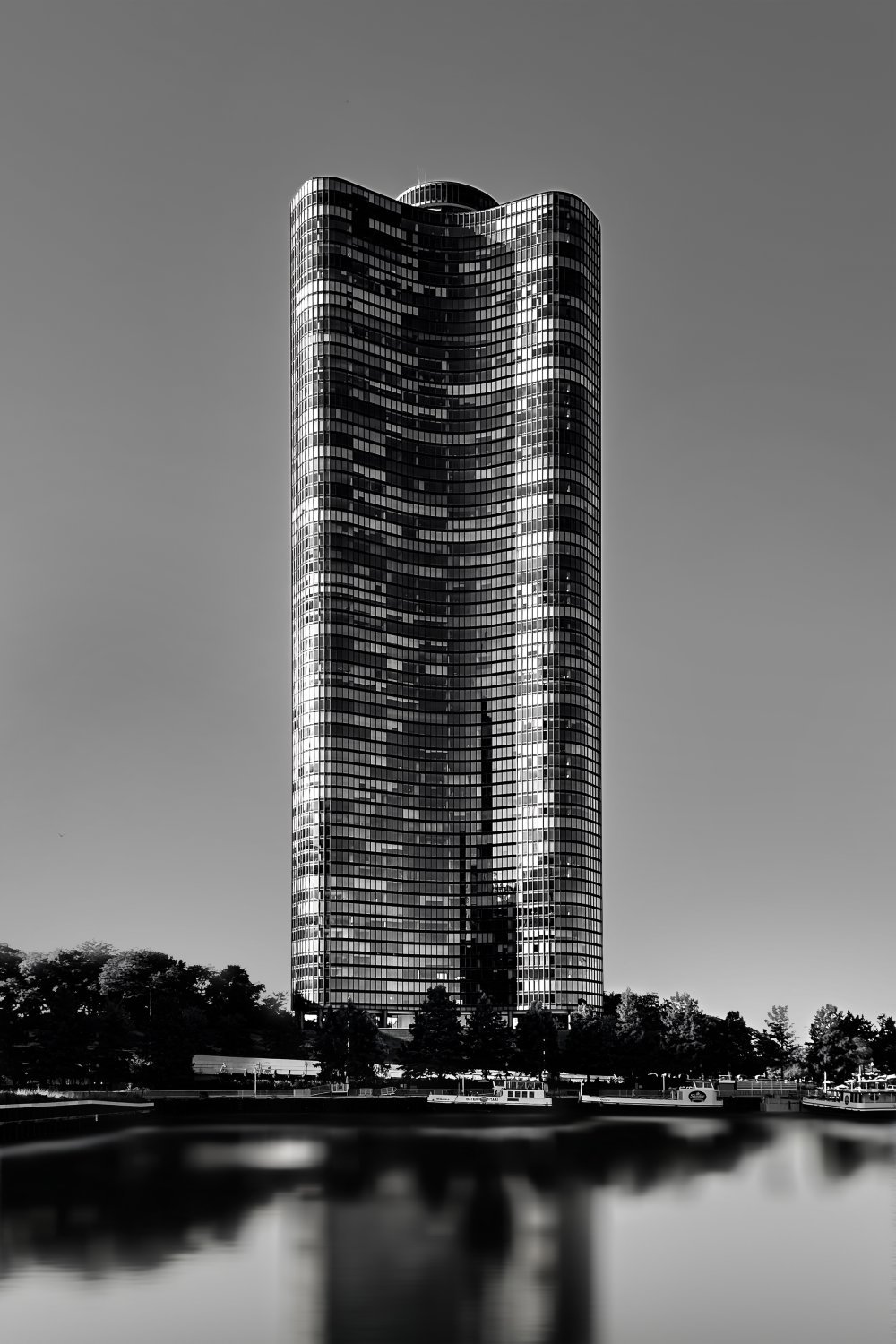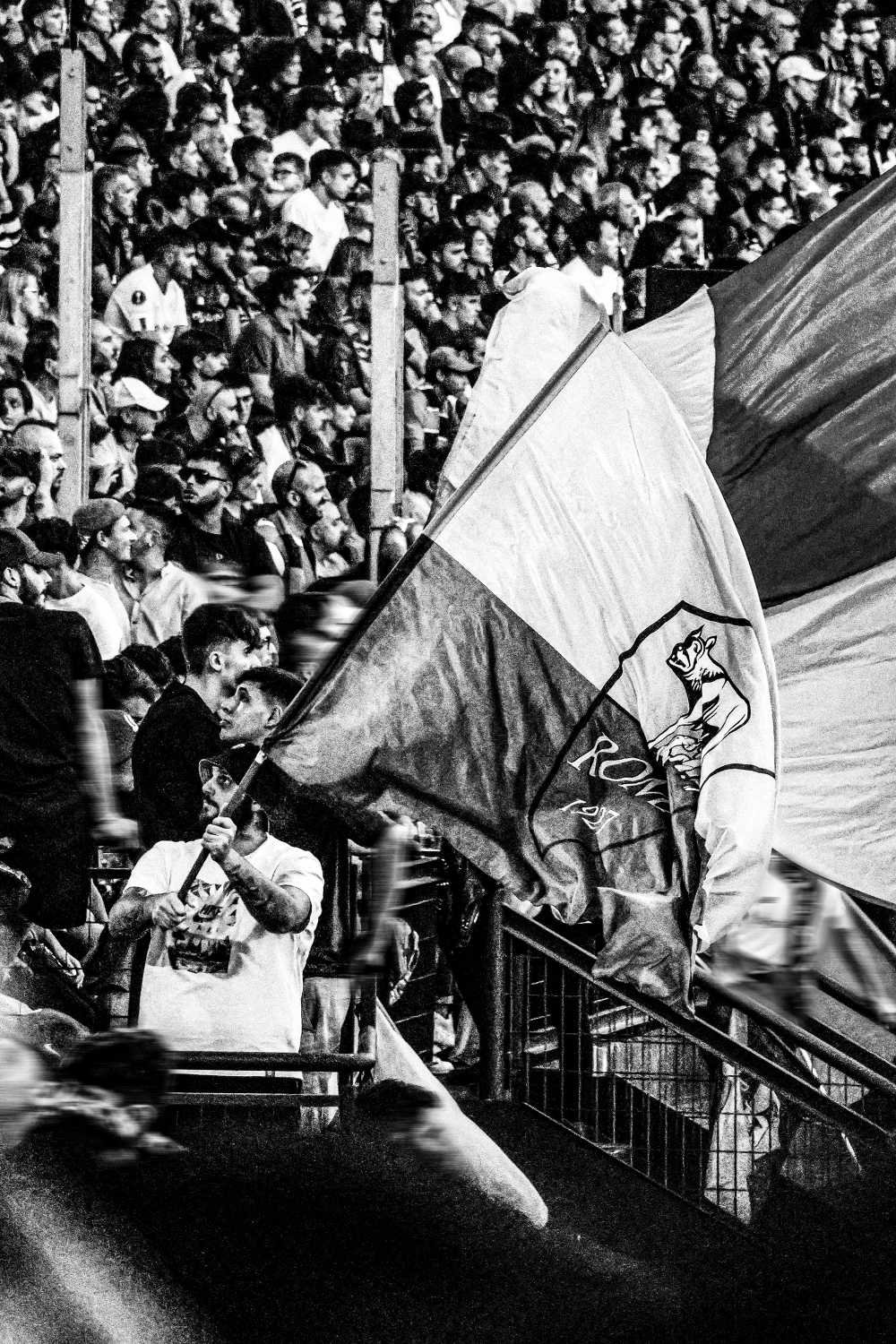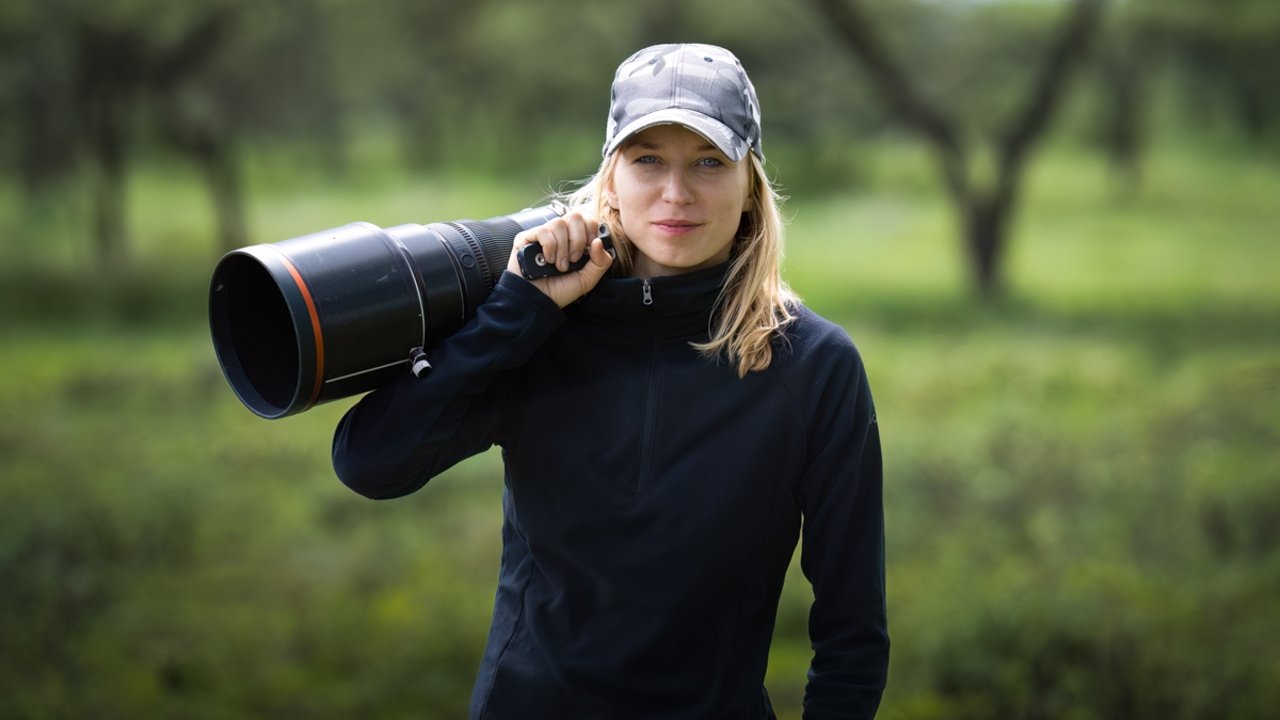1Congratulations on winning in the European Photography Awards! Can you share a little about yourself, what inspired you to pursue photography, and how has your journey evolved since your first shot?
I am a photographer and an architect. I've learned to notice light, proportion, and spatial order from architecture, and I was able to translate those insights into pictures through photography. I frequently examine layers and rhythms in landscape photography as though I were examining a facade. Also, I approach individuals or street situations I photograph with the perspective of an architect, trying to figure out how they relate to space. I now have a new perspective on the world thanks to this interdisciplinary approach.
2Can you share the story or inspiration behind your award-winning piece? How does winning this award make you feel about your journey in photography?
Social situations that highlight issues about how people occupy and adapt, such as incomplete buildings or temporary spaces in transition, serve as inspiration for some of my work. Others, such as the rhythm of light on surfaces or the order in landscapes, are solely aesthetic investigations.
One encourages me to seek out beauty in form, while the other challenges me to ask questions. Winning reassures me that shifting between these two approaches, social and aesthetic, creates unique value in my practice.
3How do you decide which photo to submit for a competition?
Whether it is about space, atmosphere, or a specific point in time, I only submit photos that have the potential to tell a story. In addition to narrative, I search for formal strength in the composition, such as tension, rhythm, and balance. A successful entry, in my opinion, needs to be both aesthetically pleasing and meaningful, so that the image speaks beyond its obvious beauty.
4What first made you pick up a camera?
I started by recording architectural settings with a camera, such as the way shadows change on a wall during the day. I soon discovered that technology could depict people residing in incomplete buildings or creating temporary areas in the city, something that drawings could not. I've also learned from this that an architect's vision encompasses not just forms and proportions but also the utilisation of space. I was able to share my observations with others through photography.
5What’s your favourite type of photography, and why do you love it?
The photography of architecture, landscapes, and portraits appeals to me most. Architecture helps me be accurate by examining structure and order; landscapes enable me to view nature through the eyes of an architect, looking for layers and patterns; and portraits enable me to decipher social and cultural narratives through gestures and facial expressions. Together, these forms provide my photography both form clarity and profound significance by bridging the gap between aesthetics and lived experience.
6What’s your go-to camera setup, and why does it work best for your projects? What’s your favourite feature?
The Canon EOS R7, a lightweight and professional-looking mirrorless camera, is my primary setup. Having a tripod is crucial, particularly when anticipating minute variations in illumination. Outside of exceptional circumstances, my go-to lens is the 18-150mm, a flexible "all-in-one" lens that spans a wide to mid-telephoto range and satisfies almost all of my needs. This versatility is my favourite feature of the lens; I can concentrate on composition and observation instead of continually switching gears.
7If someone looked at your work, what’s the one thing you’d want them to feel?
My top priority is for viewers to experience a sense of visual impact. The image's formal elements, including light, proportion, and rhythm, as well as the underlying narrative that emerges, such as how humans utilise space or how nature impacts human environments, can both have this effect. Viewers should ideally move between these layers to experience both narrative depth and aesthetic tension.
8What was the most challenging part of capturing your winning shot?
Uncontrollable factors, such as weather, lighting, or human activity, often cause the most challenging situations. I wait for hours on end for the perfect moment when everything comes together. Sometimes, even after waiting a week, the scene I saw one day never comes back. Although photography's inability to be replicated can be frustrating, it also makes every moment that is photographed all the more valuable.
9Is there a specific place or subject that inspires you the most?
I find the most inspiration in areas where man-made and natural elements coexist, such as ruins gradually being reclaimed by flora or landscapes molded by human-made constructions. These locations often experience conflict and stress, but they also illustrate the interaction between human activity and the environment.
10Who or what has been your biggest influence in photography?
Álvaro Siza and Hiroshi Sugimoto are the two people who have the most significant influence on me. Both, despite coming from different backgrounds, aim for a minimalist look that really speaks to me. Time and space are compressed into sparse vistas in Sugimoto's Seascape, transforming pictures into intellectual conduits.
The Leça Swimming Pools by Siza utilise material restriction, proportion, and light to create areas that blend seamlessly into their environment. I learned from both that people are moved by depth within simplicity rather than complexity. I attempt to apply the same idea in my photography, utilising composition and light to create environments that are both simple and impactful.
11What message would you share to inspire photographers to participate in photography awards, and what advice would you give to help them excel in the competition?
The goal of competitions is to engage a larger audience in conversation rather than to demonstrate dominance. I suggest submitting art that best reflects your perspective. Do not be afraid to draw attention to issues if your goal is social; if it is aesthetic, go for beauty without apology. Authenticity is more significant than show.
12What’s one piece of advice for someone just starting in photography?
Pay more attention to observation and less attention to equipment. For example, take note of how a building varies depending on the light, how people move through cities, and how the seasons affect the landscape. More than any technical aspect, your photographic style will be shaped by this habit of seeing.
13What role do editing and post-processing play in your creative workflow?
My post-processing methodology is greatly influenced by architecture. In photography, I utilise editing to highlight the most essential elements, such as the depth of light, the texture of materials, or the atmosphere of a room. In design, we improve drawings to meet our purpose. I use it sparingly, viewing post-processing as an enhancement of the original moment rather than a replacement.
14How do you see technology, like AI, influencing the future of photography and your own approach?
Since the photographer's intent is what makes photography what it is, I seldom ever employ AI in my own work. It is comparable to architectural rendering in that the designer, not the software, determines what is highlighted, where the light falls, and the mood that is produced. While AI can assist with technical execution, it cannot replace a photographer's sense of mood, light, and space. For me, human vision and intellect will always be at the core of photography.
15If you could photograph anything or anyone in the world, what would it be?
My greatest dream is to capture historic buildings in their original or pre-restoration conditions, which are no longer available. From the subtle interplay between eaves and light to the structural elegance of wooden brackets, I aim to capture the precision and expertise of old craftsmen at their pinnacle through photography.
In addition, I would adore taking pictures of modern masters' creations, even tying their drawings to finished areas to examine the process of "transition from drawing to reality." These subjects provide a fresh direction for my photographic expression as well as a continuation of my architectural experience.
